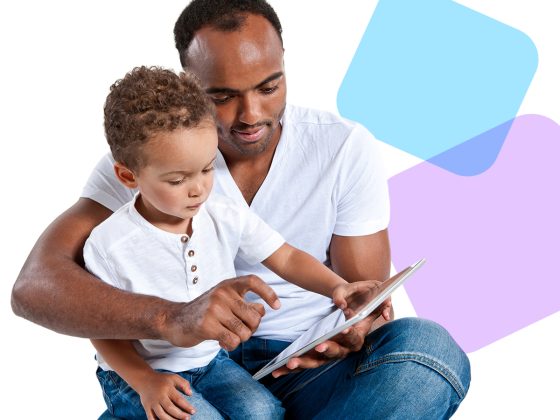
Tips for Reading Together
Enhance your child's learning with these storytime strategies.
Consider these strategies for before, during, and after reading a story together.
Before Reading:
Talk about books before you read them.
- Put two books in front of children and say, “Let’s choose a book!” Then kids can point to or reach for their choice.
- Look at the front cover together. Ask, “What do you think the book will be about?” For younger children, point and say what you think.
During Reading:
Look for ways to make the words and pictures come to life!
- Ask children to help turn the pages (babies can’t turn pages on their own, but at 18 months, might begin to try).
- Try using different voices for each character and act out scenes with gestures or body movements. Read in a sing-song voice.
- Let children chime in with the last word of a familiar line. “The cat in the…(hat)!”
- Run your finger under the words as you read to help kids understand there’s a difference between words and pictures. Don’t worry about pointing out each individual word—it’s important for children to hear the rhythm of language, too.
- Point to and comment on pictures. Ask, “What’s happening on this page?”
After Reading:
Now it’s the perfect time to talk about the story and let children share what they remember.
- Ask questions that invite children to think about why certain characters did something or felt a certain way. “Let’s go back to this page where Peter looked mad. Why was he mad? What did he decide to do?”
- Encourage children to share their favorite parts of the story (describing them or acting them out).
- Connect the story to kids’ lives (“Have you ever felt the same way as this bunny?”).
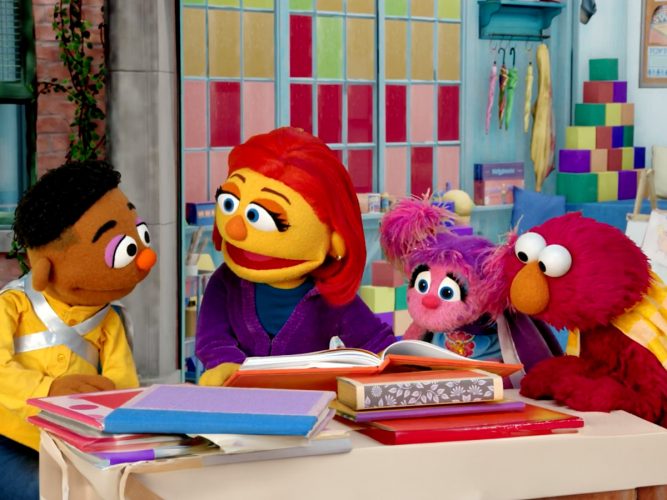
Buzzing About Books
As children grow, they can engage with books (and caring grown-ups!) in special ways.
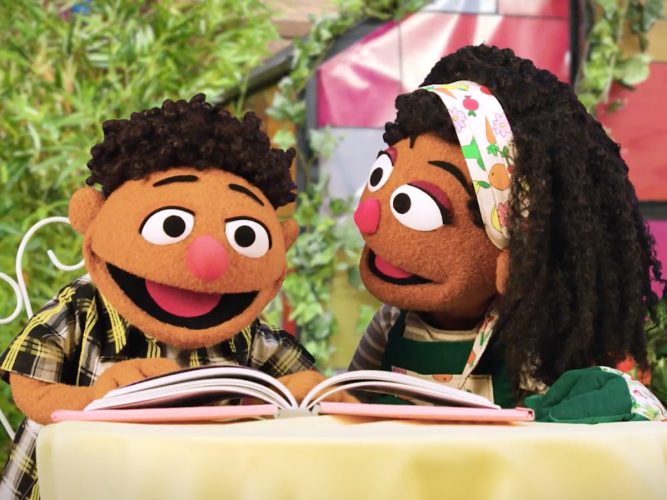
A Star Reader
There are many steps to reading, and all are important to becoming a great reader. It’s a process!
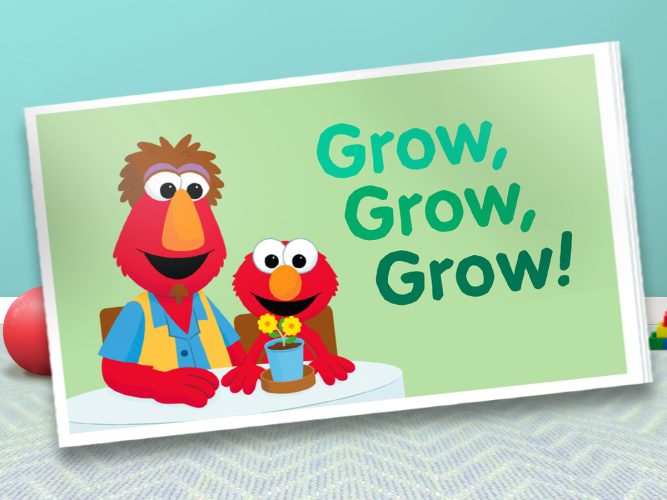
Grow, Grow, Grow!
A story about Elmo and his daddy using a book to grow a flower.
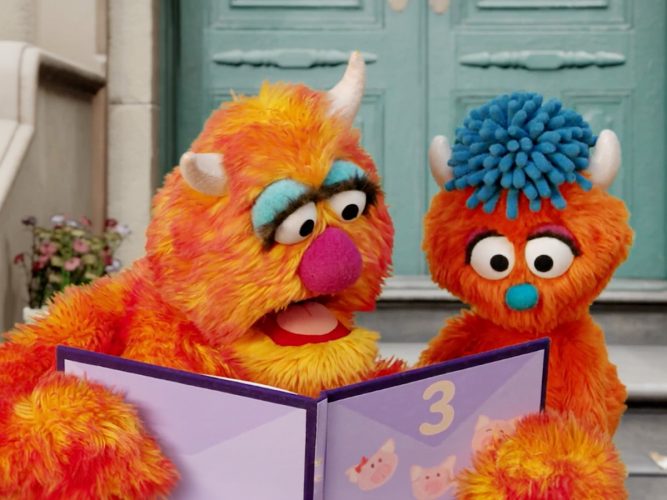
One More Time
There are lots of different ways to share the same story, again and again!
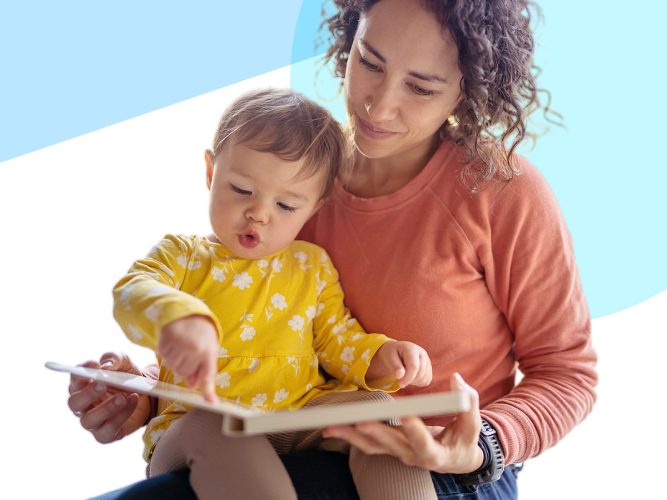
Tips for Shared Reading with Children Birth to Three
Tips for using reading time to bond with your child and build their language and literacy skills.
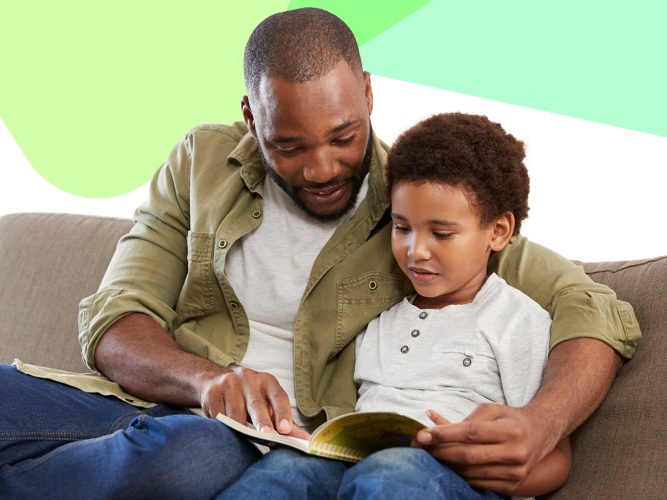
Tips for Shared Reading with Children Three to Five
Tips to make shared reading a time for learning and connection.
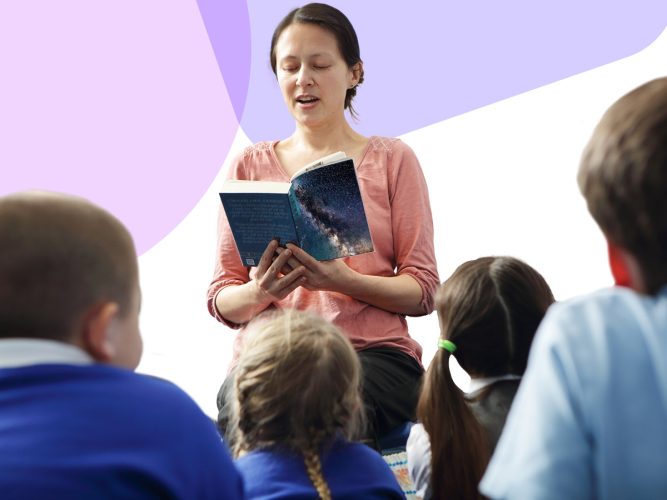
A Mighty Voice
Finding confidence in the ways that you tell stories will make them even more special to the children you share them with.
